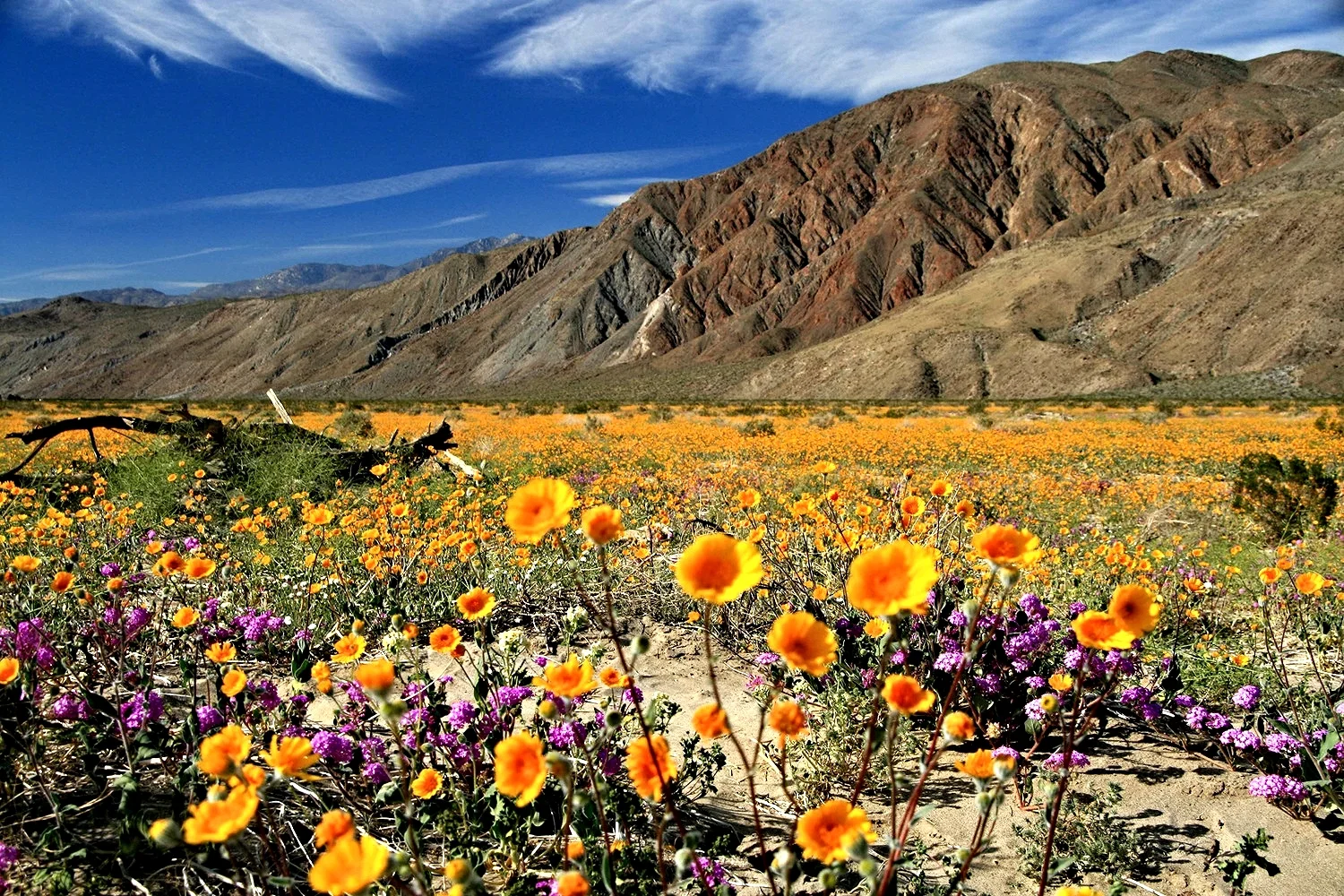Daniel Winkler to speak February 13th on saguaro cactus and Sahara mustard
/Daniel Winkler
Daniel Winkler is a PhD candidate at the University of California, Irvine and a recent National Park Service Young Leader in Climate Change at Saguaro National Park. He worked for several years throughout the Sonoran Desert as a Biological Science Technician for the National Park Service’s Sonoran Desert Network before returning to school to get his Master’s in Environmental Systems from the University of California, Merced. Most of his current PhD work brings him to Anza-Borrego Desert State Park where he is investigating the spread of the invasive Sahara mustard across the southwestern US.
Daniel is a plant ecophysiologist interested in invasive species and how they alter native plant communities in “extreme” environments. His field sites include much of the desert southwest, alpine regions of Colorado, the sky islands of Baja California, and the tundra of northern Japan. All of Daniel’s research focuses on climate change impacts on native systems, with an emphasis on Parks and protected areas.
Mr. Winkler's talk, A changing Sonoran Desert: the iconic saguaro cactus and the invasive Sahara mustard, will be an extension of his talk last season to the Botany Society. He has collected additional data and is back to share his work in another public lecture sponsored by the Botany Society.
Winkler will examine the impacts of climate change on two species: the iconic saguaro cactus and the invasive Sahara mustard. He will show how the prolonged drought in the West has shaped the saguaro populations we see today. Saguaros are long-lived, shallow-rooted plants that are thought to depend on seasonal rainfall but this has never been demonstrated. Daniel will investigate where saguaros get their water throughout the year and discuss what implications this has for deserts experiencing climate change. He will also discuss again the invasive Sahara mustard, what has been learned about its unique genetic makeup in the United States, what mysteries still remain regarding the species origin and life history, and where our future efforts are targeted in our mission to stop this invasive species from continuing its spread and negative impacts across the west.
Who: Daniel Winkler, Ecophysiologist
What: A changing Sonoran Desert: the iconic saguaro cactus and the invasive Sahara mustard
When: Monday, February 13, 2017; 10 AM
Where: Discovery Lab, Anza-Borrego Desert State Park® Visitor Center
Cost: Free to the public



